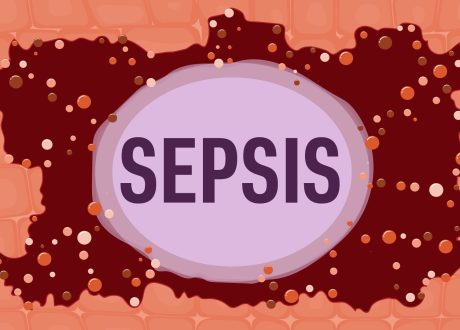Podcast: Play in new window | Download
Cardiac Glycoside containing plants : Foxglove, Lilly of the Valley, Oleander, Squill
- Contain cardiac glycosides, which act as a negative chronotrope as well as a positive inotrope.
- Patients present with nausea, vomiting, visual changes, bradycardia/arrhythmia, and may develop hyperkalemia – a poor prognostic factor
- Treatment is Digibind/DigiFAB – look out for the side effects of hypokalemia as well as anaphylaxis.
Anticholinergic Alkaloid containing plants: Jimson Weed, Angels Trumpet, Deadly Nightshade
- Contain alkaloids that act as anticholinergics ; often used recreationally
- Patients present with delirium/hallucinations, pupillary dilation, anhydrosis, hyperthermia, skin flushing, urinary retention
- Treatment is support care, with physostigmine for severe cases – remember to go low and slow!
Toxic Mushrooms
- Important to distinguish between acute onset symptoms (<6hours) or delayed onset (6-24 hours)
- Inocybe : acute onset ; cholinergic crisis; treat with atropine
- Amanita Muscarina: acute onset; CNS toxicity – delrium, myoclonus, seizures ; supportive care and benzos as needed
- Amanita Phalloides: delayed onset ; treat with NAC and maybe Silibinin
- Phase 1: 6-24 hrs after ingestion, nausea vomiting diarrhea
- Phase 2: transient recovery, 24-60 hours after ingestion
- Phase 3: Hepatic / multisystem organ failure
- Gyromitra: delayed onset; causes acute B6 deficiency leading to refractory seizures, treat with pyridoxine (vitamin B6) as well as usual seizure care.
Further Reading:
Gyromitra – Indiana Poison Center
Anticholinergic Intoxication – EMCrit









